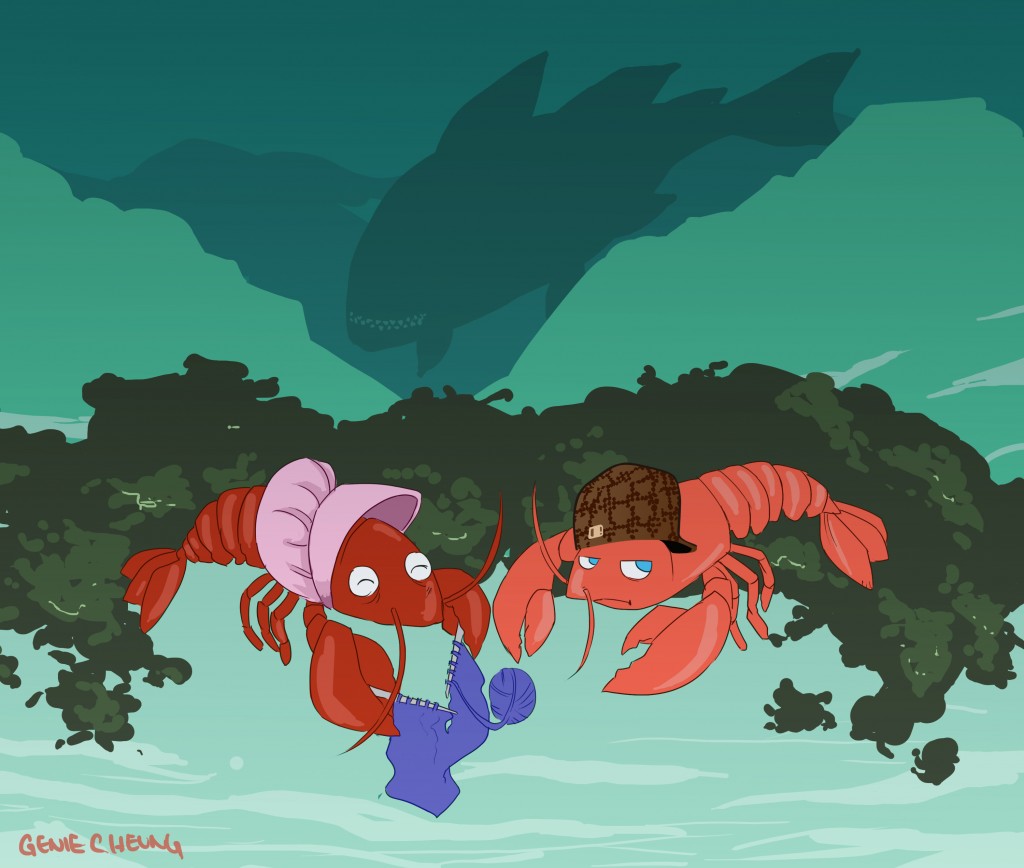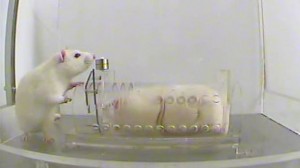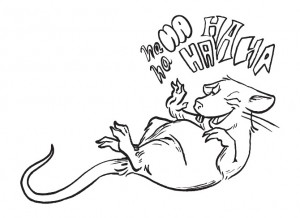Marine life, as well as the ocean itself, plays an enormous part in people’s lives. From food resources to recreational activities and vacation spots, the marine environment has played many important roles. Since the ocean covers 70% of Earth’s surface, you can imagine the vast amount of marine species that rely on ocean habitat.
Jennifer Selgrath, a PhD student from University of British Columbia, seeks conservation solutions in marine habitats in order to contribute to ocean health. She conducted a research in Rhode Island using American lobsters as a model organism to determine the impact of habitat edges on the survival rates of animals that live in it. Jennifer hopes this research will find new alternatives in supporting ecosystems to protect natural environments.
“I was really interested in taking ideas of conservation and ecology and applying them to real world conservation projects.” Jennifer spoke enthusiastically, “So it wasn’t just an idea that was something on paper but was rather making changes in the world.”
Here’s a video with a summary of Jennifer’s research as well as her explaining the research procedures and her results:

Jennifer later describes the trials she endured in order to perform the research underwater:
“When you scuba dive, you’re limited because you start building nitrogen in your body and so it’s actually dangerous to scuba dive too long or too deep.” Due to problems such as the limited time they can stay underwater, collecting data was not easy.
“There were big waves that would surge back and forth, so I would be trying to sample and catch lobsters and the waves would be pushing me back and forth, which was really difficult!” she explained with a smile as she recounted her experience. It was evident that her determination allowed her to overcome these challenges.
Click the link below for a story that highlights a current issue which affects lobsters today:
A recent study found that lobster shells are thinning due to warmer waters along with human pollution. Due to last winter’s warm temperatures, there has been an overabundance of lobsters. Warmer water increases food supply which draws the lobsters out sooner. This causes many young lobsters to be harvested with thin soft shells. Just this summer, a dispute happened between Nova Scotia and Maine this summer over lobster prices. There was a huge import of lobsters from Maine to Canada which has dropped the price of lobsters significantly. Young soft shelled lobsters will rely on the marine habitat even more to survive. With all the coastal development happening, this may have a huge impact on these lobsters. With this current news, Jennifer’s research on the effect of habitat edges on lobster distributions can be applied to seek ways for better protection.
Blog submitted by: Group 6












